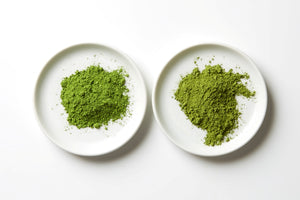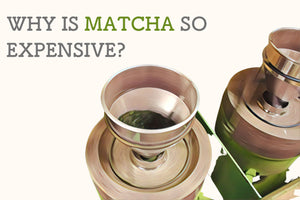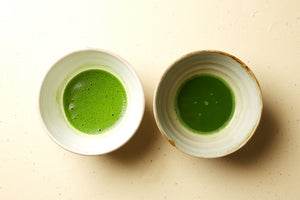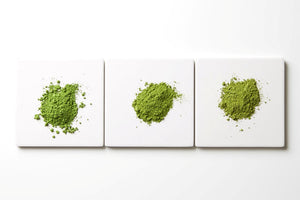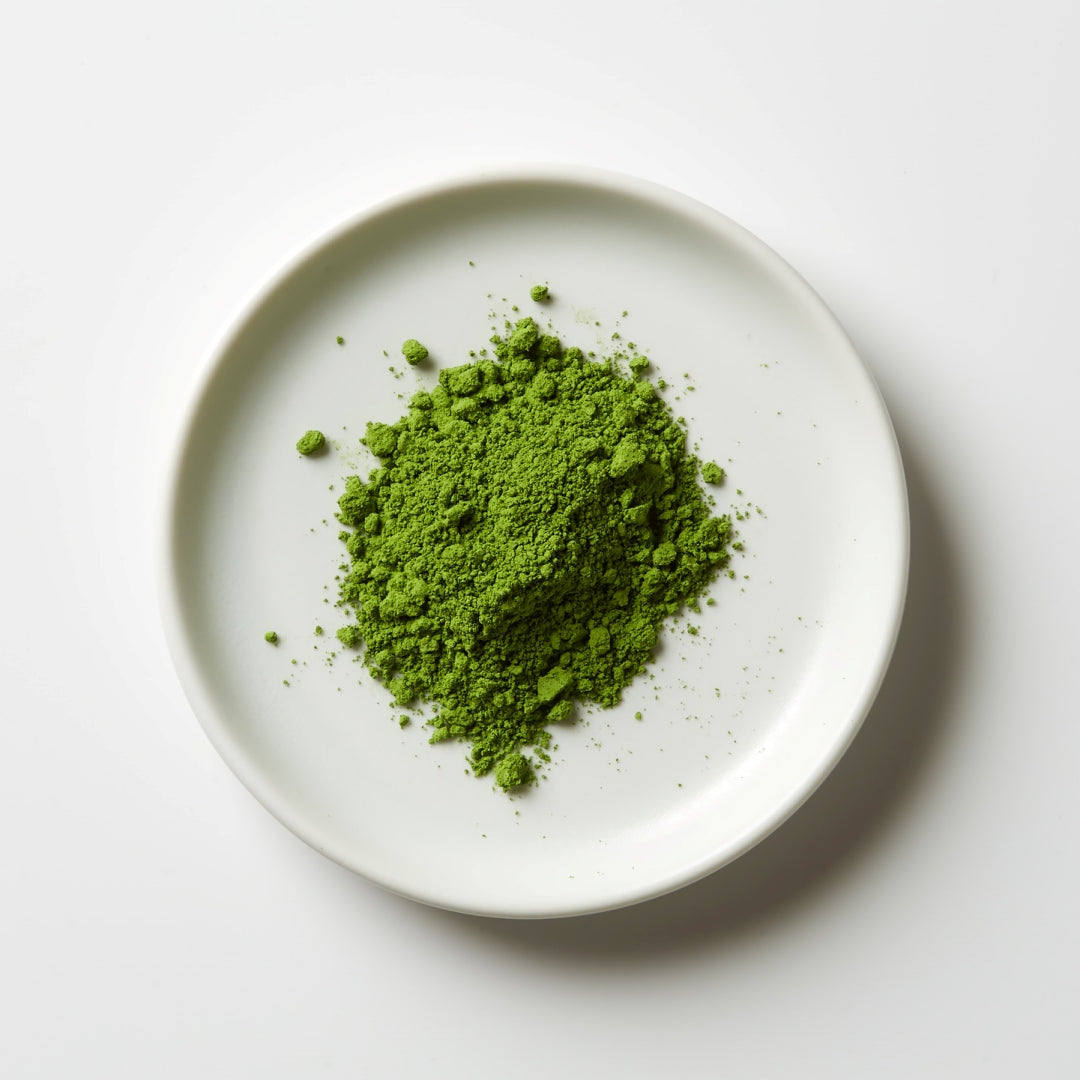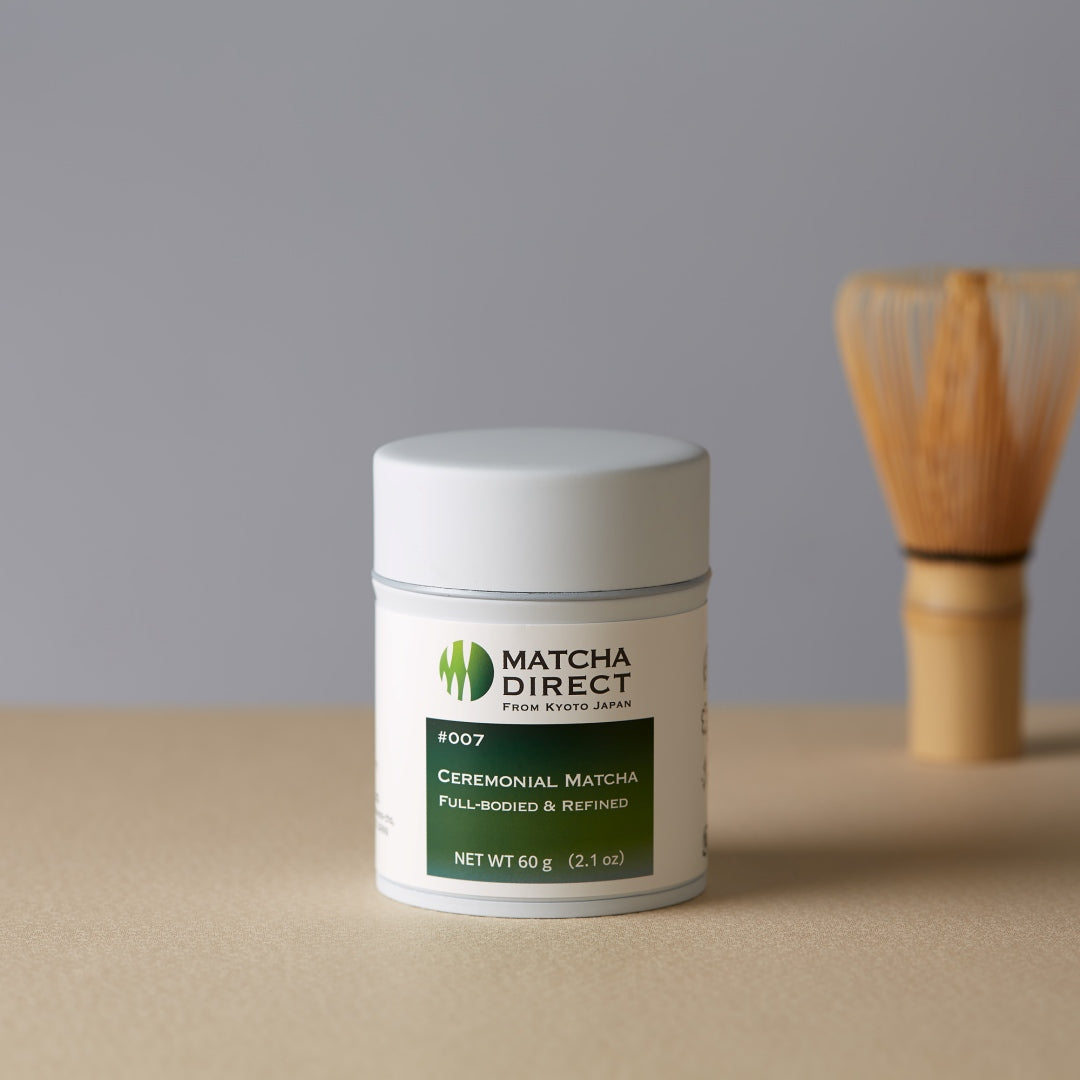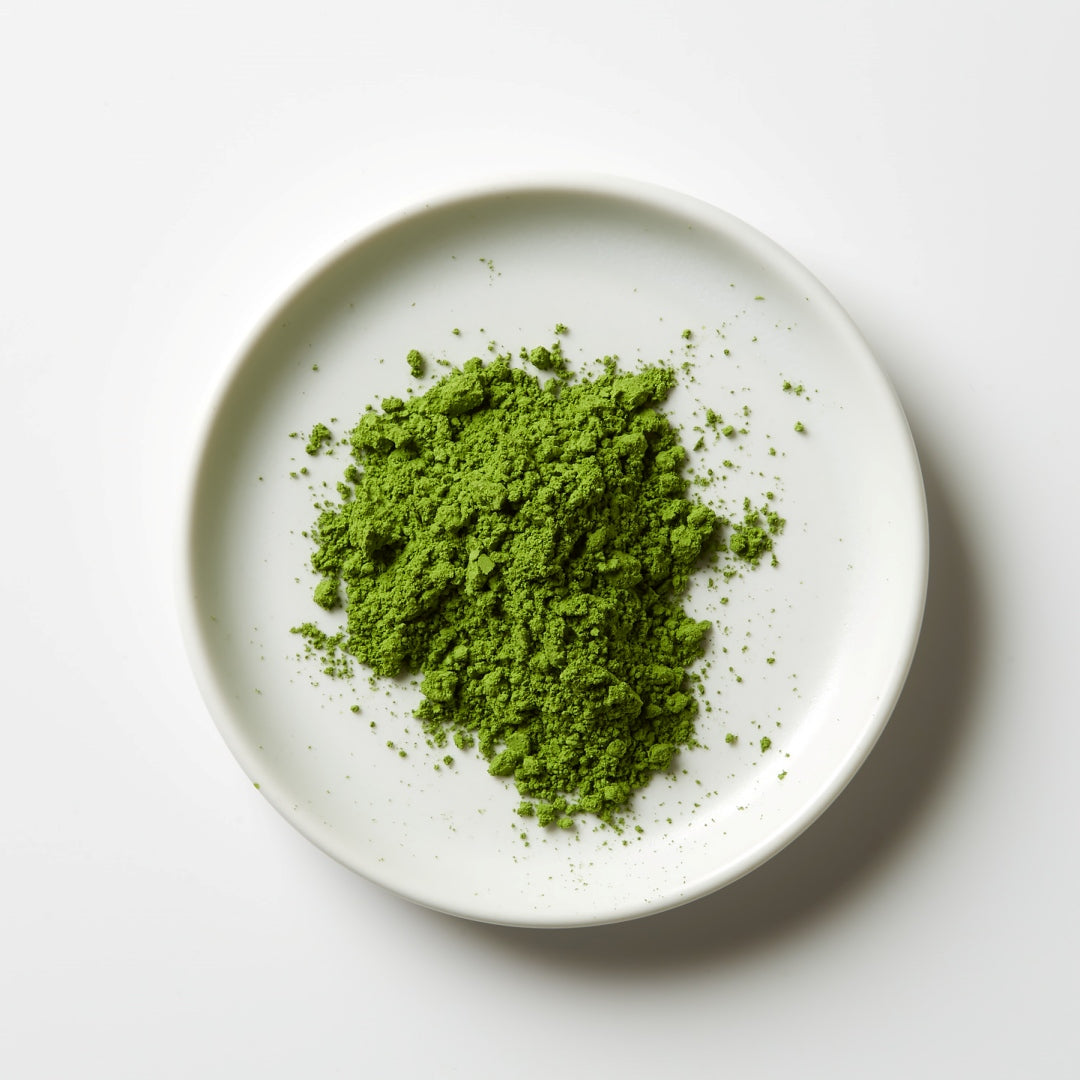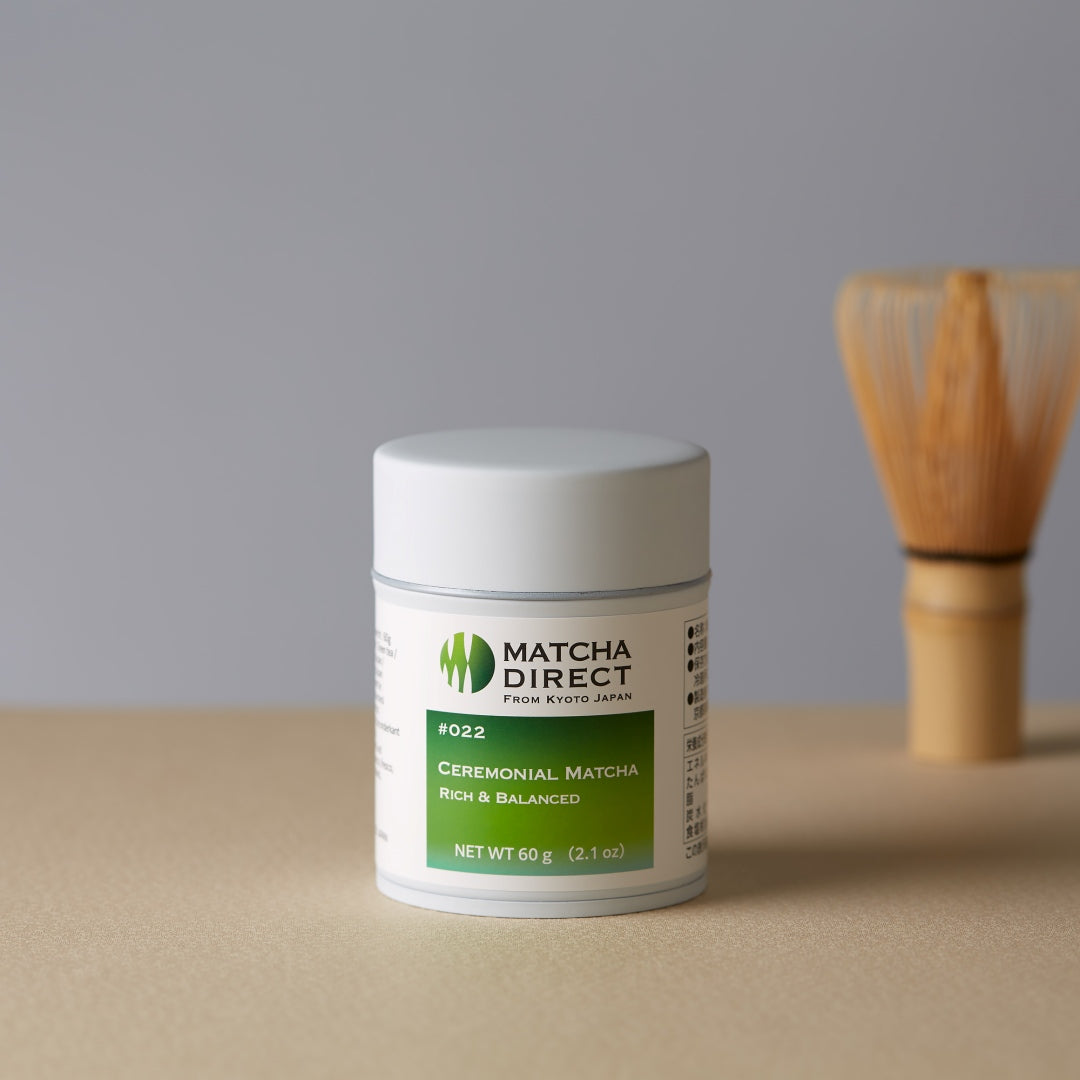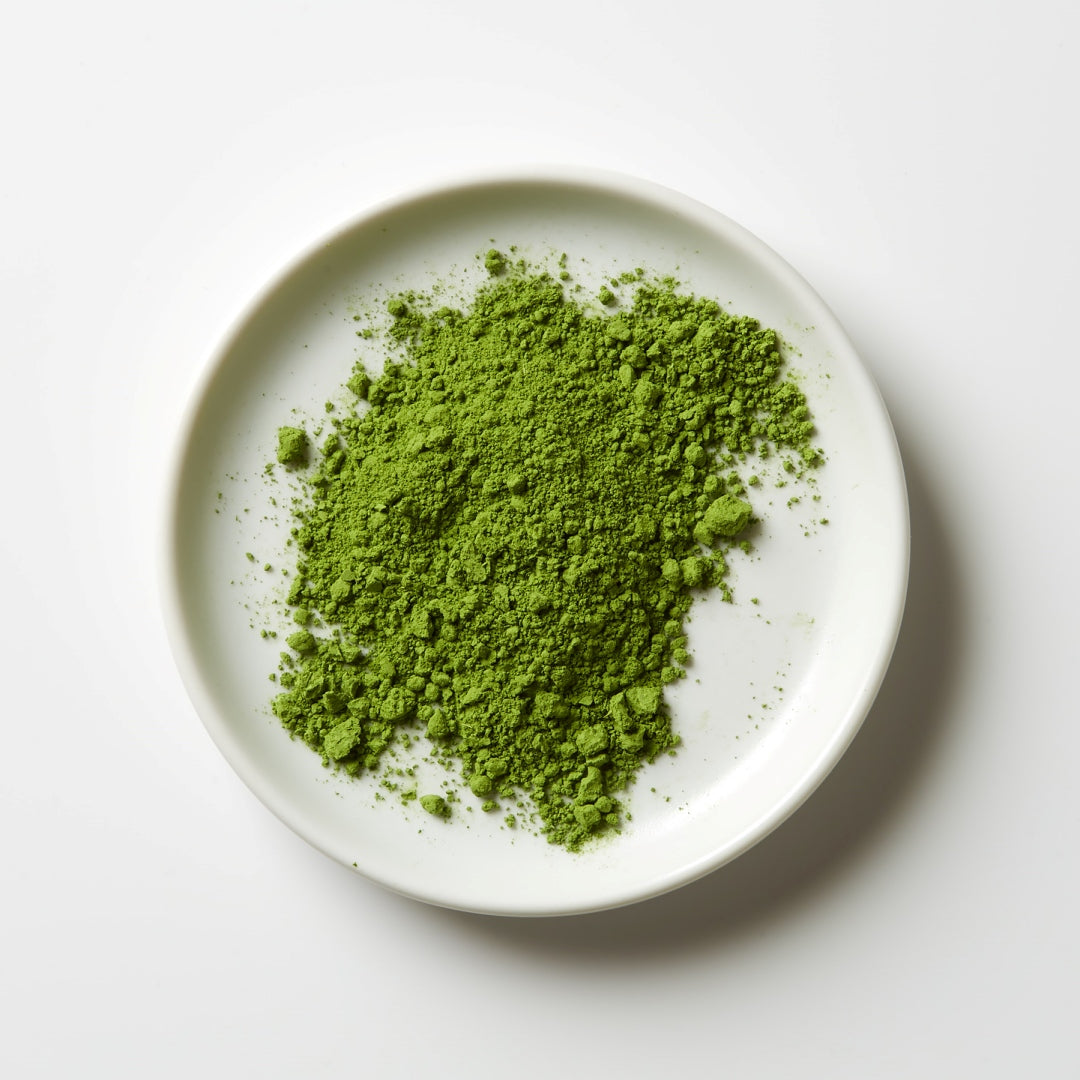How to Make Matcha Taste Good: Advice from Kyoto's Long-Established Matcha Manufacturer
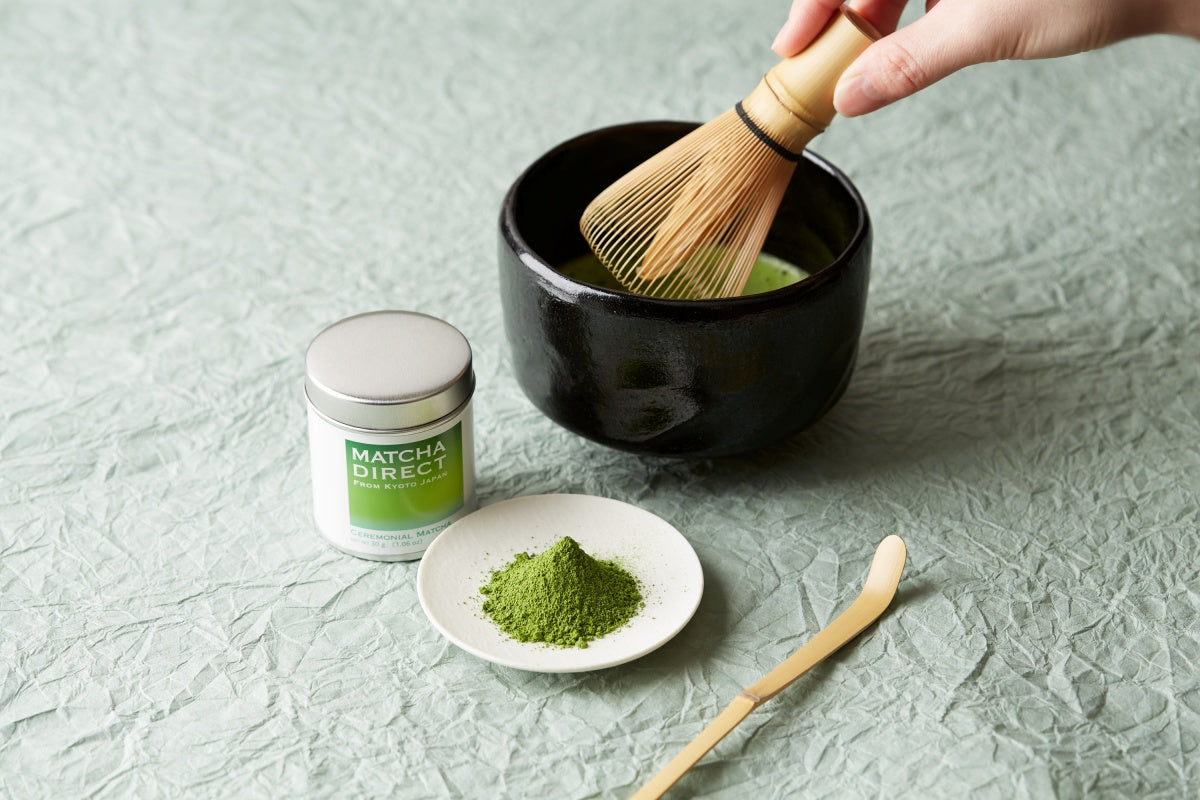
I can't forget the matcha I drank when I went to Japan.
The matcha I drank during a tea ceremony experience was incredibly delicious.
When you encounter a cup of matcha served with heartfelt hospitality, you feel deeply moved.
However, many people say that when they try to make matcha at home, it doesn't taste as good or froth up nicely.
So, how can you make delicious matcha at home?
We, a long-established tea manufacturer in Kyoto with 160 years of history, will share tips on how to prepare delicious matcha.
How Can You Make Delicious Matcha?
There are four key points to answer this question.
Choose High-Quality and Fresh Matcha
While similar in form to matcha, powdered tea or other finely ground teas have different cultivation methods and manufacturing processes, often resulting in a stronger bitterness and coarser texture, making them unpleasant to the palate.
When enjoying matcha, choose matcha meant for tea ceremonies and try to purchase it as freshly ground as possible.
Check the Amount of Matcha and Hot Water
For one serving, the standard is about 2g of matcha and 60ml of hot water.
If there is too little matcha, it won't froth well and will result in a watery liquid.
Using a proper amount of high-quality matcha is one of the keys to making delicious matcha.
Keep hot water as right temperature
If the water temperature is too low, it will take time for the matcha to dissolve completely, resulting in a slightly unpleasant taste and poor frothing.
Conversely, if the temperature is too high, it will accentuate bitterness. Slightly cooled water (around 70°C to 80°C) is appropriate.
Stir Until Frothy
Frothing enhances the matcha's smoothness.
With these four points in mind, let's move on to the next section.
Necessary Tools for Preparing Delicious Matcha
To bring out the deliciousness of matcha, several tools are necessary. Here are the minimum tools used in Japanese tea cafes.
Items to Prepare
- Tea bowl (chawan)
- Bamboo whisk (chasen)
- Water and hot water
- Sieve
- Measuring cup
Optional Items
- Bamboo scoop (chashaku)
- Tea caddy (natsume)
- Cloth
Tea Bowl (Chawan)
There are various types of matcha bowls, ranging from high-end to affordable ones.
When preparing at home, choose a design you like.
If a matcha bowl is not available, you can use a café au lait bowl or a large bowl as a substitute.

Bamboo Whisk (Chasen)
A tool specifically made for whisking matcha, crafted from finely split bamboo.
There are different numbers of prongs; for thin tea, "80-prong" or "100-prong" whisks are common.
Recently, plastic and electric whisks are also available, so choose according to your preference.

Water and Hot Water
Tea is blended (gougumi) to suit the water of its region.
Since most water in Japan is soft, it is recommended to use low-hardness water.
However, if you are accustomed to a particular type of water, it might be better to adjust the amount of matcha accordingly.
Sieve
Sifting the matcha before preparing it prevents clumps and improves the texture.
If a sieve is not available, a tea strainer can be used as a substitute.
Measuring Cup
Used for measuring the amount of hot water and for cooling the hot water.
Any heat-resistant container with a spout can substitute for a measuring cup.
The following three items are not essential but are nice to have.
Bamboo Scoop (Chashaku)
A spoon-like tea utensil for scooping matcha.
Mainly made of bamboo, high-end ones may have a name engraved.
A teaspoon can be used as a substitute if unavailable.

Tea Caddy (Natsume)
In the world of tea ceremonies, sifted matcha is stored in this caddy.
It is a type of tea utensil, and some can be valuable art pieces.
The name comes from its resemblance to the fruit of the jujube plant.

Cloth
Used to clean up any spilled hot water or matcha.
Tissue paper can also be used.
Using these tools, let's actually make matcha.
Basic Method for Preparing Delicious Matcha
Preparation
1. Soften the Bamboo Whisk
Place the whisk in a separate container of hot water to soften it.
For bamboo whisks, the prongs are delicate and can break easily, so soak them in hot water to soften before use.
2. Prepare the Hot Water
Boil the water and then transfer it to a measuring cup to cool slightly.
Adjust the temperature to around 70°C to 80°C when preparing matcha, as this range balances the umami, sweetness, and bitterness of the tea.
Procedure
1. Sift the Matcha
While the water is cooling, sift the matcha.
For one serving, use two scoops with a bamboo scoop or one light teaspoon (about 2g).

2. Add the Hot Water
Pour 60ml of hot water cooled to around 70°C to 80°C into the tea bowl.
Pour gently along the side of the bowl to avoid splashing the matcha.
3. Stir with the Bamboo Whisk
Hold the tea bowl firmly with your non-dominant hand.
Hold the whisk with your thumb, index, and middle fingers.
To scrape the matcha off the bowl's side, rotate the whisk around the bowl's inner side.
Then, move the whisk from the bottom of the bowl to lift the matcha slowly.
Relax your wrist and snap it up and down to mix, making M or W shapes as quickly as possible.
Start by thoroughly stirring from the bottom, then lightly whisk the surface to create fine froth.

4. Finish
Gently lift the whisk from the center of the tea bowl to avoid having bubbles form around the edges of the bowl. Then, place the chasen to the side with the tips of the tines facing upward.
This creates a smooth, creamy matcha.

The above is the standard way of making matcha.
If sifting is too much trouble, you can:
- Put matcha in the bowl.
- Add a tablespoon of cooled hot water.
- Mix until it becomes glossy.
*Ensure the whisk lies flat to avoid breaking the prongs.
- Add the remaining hot water and froth.
Summary
The keys to making delicious matcha, as mentioned at the beginning, are "using high-quality matcha," "maintaining the correct amounts of matcha, hot water, and temperature," and "whisking thoroughly."
There aren't many ingredients like in cooking; just matcha and water.
The charm of matcha lies in the infinite flavor variations achievable with just these two ingredients and the preparer's skill.
Matcha and tea utensils come in a wide range of prices.
Beginners might feel overwhelmed not knowing where to start.
Don't worry. Prepare the minimum tools affordably. Substitute with household items when necessary, and enjoy the process of making matcha.
By following these tips, you can make delicious matcha.
If you still fail, add milk or sugar and enjoy it as a matcha latte.
However, if the matcha is of poor quality, nothing will help.
Please make sure to purchase freshly ground matcha of at least ceremonial grade.
Matcha is beneficial for the body, as you consume all the tea components, and its deep flavor is satisfying.
Enjoy a life with matcha in your daily routine.



